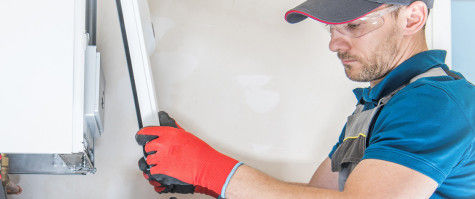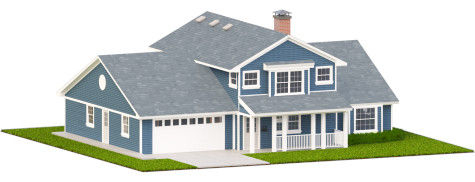Winter
Keep Energy Usage & Costs Down When Temperatures Drop
When temperatures drop during the coldest winter months, your home’s heating equipment works overtime to keep your house warm and your family safe. To control your monthly costs, it’s critical to manage your energy usage during the winter season.
Factors That Impact Winter Bills
(Hover Over Icons)

1. Energy Usage
2. Fluctuations in Temps
3. Household Changes
4. Monthly Billing Cycle
Safeguard Your Home This Winter
Safety is always our number one priority.
Downed Power Lines
You need to be mindful of the power lines and trees situated on and around your property. Practice safe protocols when dealing with potential downed power lines during winter storms.
Practice Plug Safety
If you must use an extension cord, make sure it’s the right capacity for the tool or appliance with which it’s used. Use grounded (three-prong) extension cords for outdoor tools and holiday decorations.
Manage Your Monthly Bills
Learn How to Lower Your DTE Energy Bills
Visit our virtual Interactive Energy-Efficient Home for room-by-room, energy-reducing tips that can help you save all winter long.
Download the free DTE Insight App to track your energy usage and find ways to save even more.
Shop the online DTE Marketplace for instant rebates on energy-efficient products for your home, such as LED bulbs, thermostats, smart outlets and more.
Winter
Keep Energy Usage & Costs Down When Temperatures Drop
Practical Tips for an Energy Efficient Winter
Lower Your Thermostat
During the winter, the closer your indoor temperature is to the outdoor temperature, the lower your energy costs will be. Set your thermostat to a temperature that is comfortable for you. Also, wear your coziest sweats and pull out your favorite blankets to stay warm for less.

Insulate Windows, Doors and Pipes
You can save up to 10% on your annual energy bills by sealing air leaks and adding insulation. Install caulking and weatherstripping around doors and windows. Allow warm sunlight in south-facing windows during the day and cover them at night to reduce drafts.

Power Up with LED Lighting
LED light bulbs are more efficient, durable and last up to 15 times longer than incandescent bulbs. They also use up to 90% less energy while providing the same amount of light.

Invest in Smart Home Products
Use smart home products to monitor and analyze your home energy use. From smart lighting and thermostats, to sensors and switches, adding smart technology to your home helps you develop an energy-saving strategy to reduce your monthly bill.

Give Your Furnace a Boost
Keep your furnace working at peak efficiency by regularly changing the air filters, cleaning the vents and getting routine tune-ups. If it’s older, consider a modern high-efficiency model and save with rebates.

Manage your energy use with the DTE Insight app
Download our free DTE Insight App today. The app and its Energy Bridge add-on help you monitor and manage your home energy use in real time.

Looking for more ways to save?
At DTE, we promote home energy efficiency through rebates, discounts, programs and guides, including personalized energy saving tips and our 3D Interactive Energy-Efficient Home.

Frequently Asked Heating Questions
During the winter, the closer your indoor temperature is to the outdoor temperature, the lower your energy costs will be. Keep your house cooler than normal when you are away, and then when you are home and need to warm up, set the thermostat to a setting as low as is comfortable for you. A programmable thermostat can help you automatically adjust to dial down or pre-heat your home.
You can save up to 10% a year on heating and cooling by adjusting your thermostat by 7 – 10 degrees for 8 hours a day.
Electric heating uses electricity to generate heat directly. It can come from centralized systems like forced-air electric furnaces or from individual units such as baseboard heaters, wall heaters, radiant panels, or portable space heaters.
Gas heating uses natural gas or propane to fuel a furnace or boiler, which heats air or water for distribution throughout the home. While the heating process relies on gas, electricity is still needed to power components like fans, thermostats, and ignition systems.
Both systems use electricity in some capacity.
To keep your home safe and comfortable this winter, plug your space heater directly into a wall outlet – never use extension cords or power strips, as they can overheat and cause fires. Keep your space heater three feet away from anything that can catch fire, like curtains, furniture or bedding. Remember to power off space heaters when you leave the room or go to sleep.
To maximize energy efficiency, heat only the room you’re using and keep doors and windows closed to prevent heat loss. Use a space heater with a thermostat or timer, set it to the lowest comfortable temperature and turn it off when you leave the room. For overall savings, lower your central heating slightly and use the space heater for localized warmth.